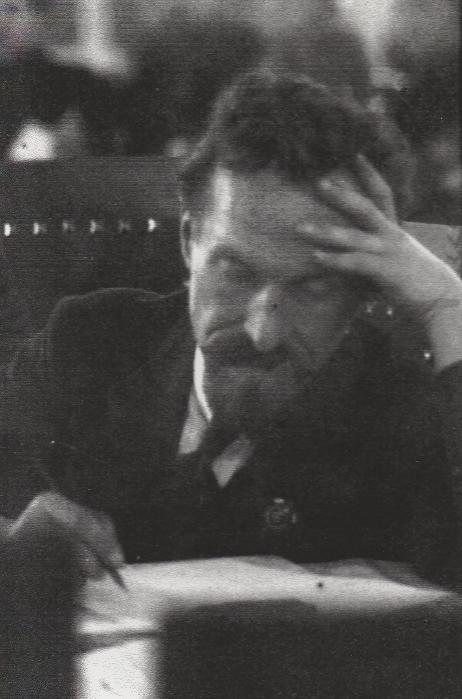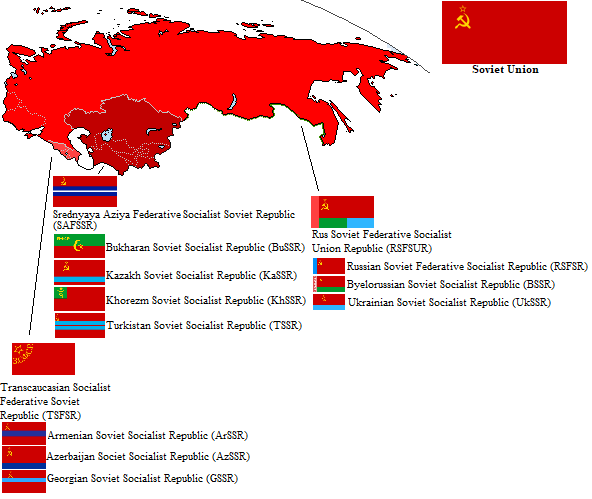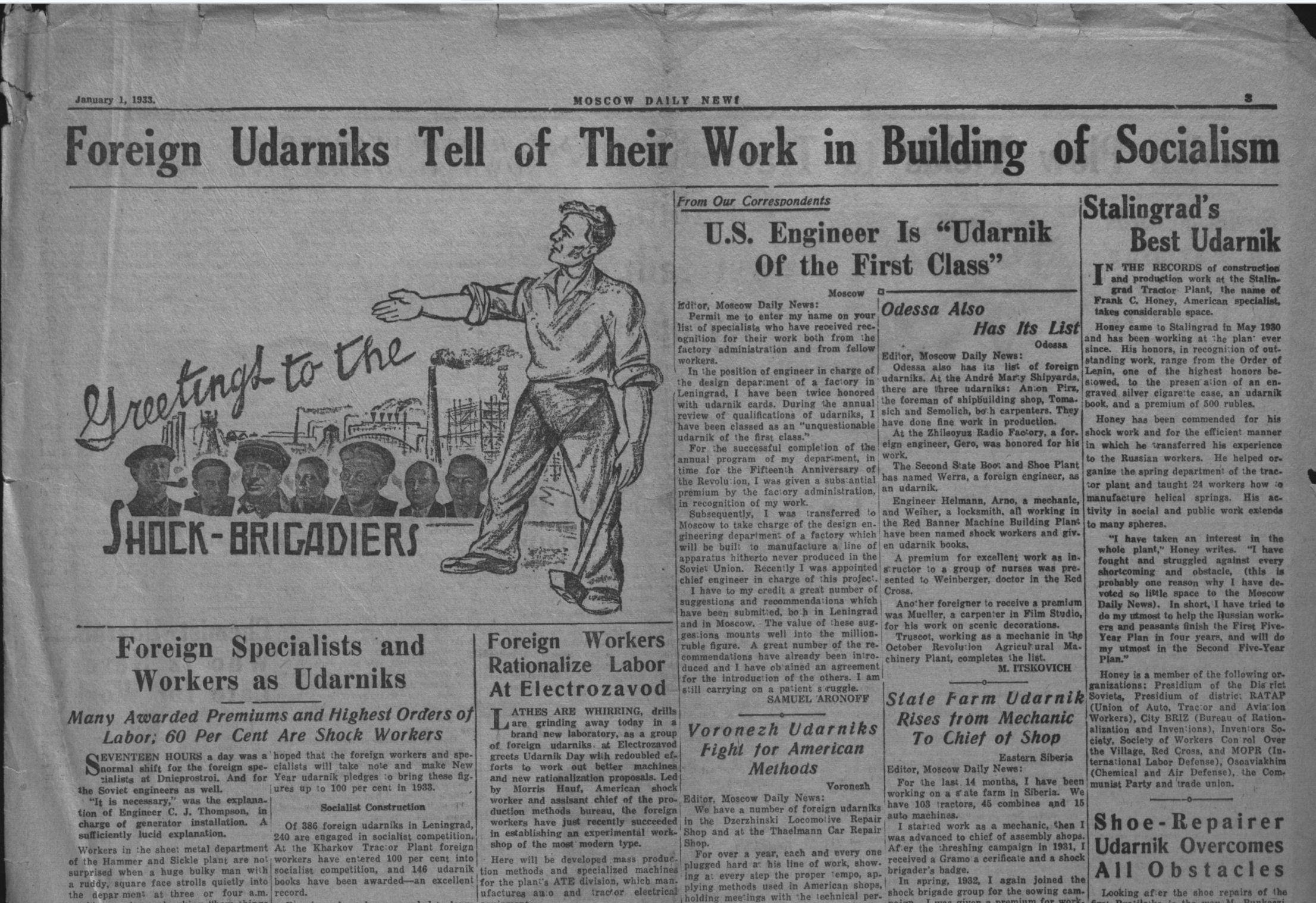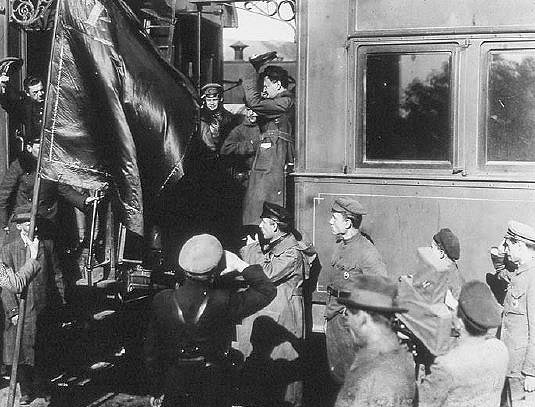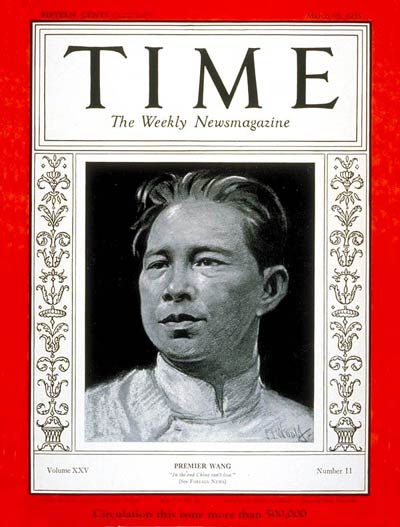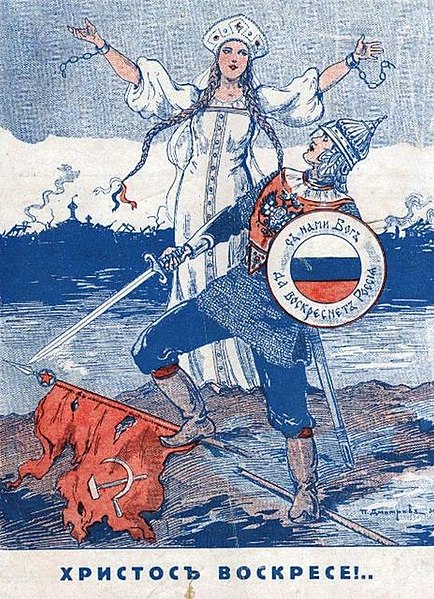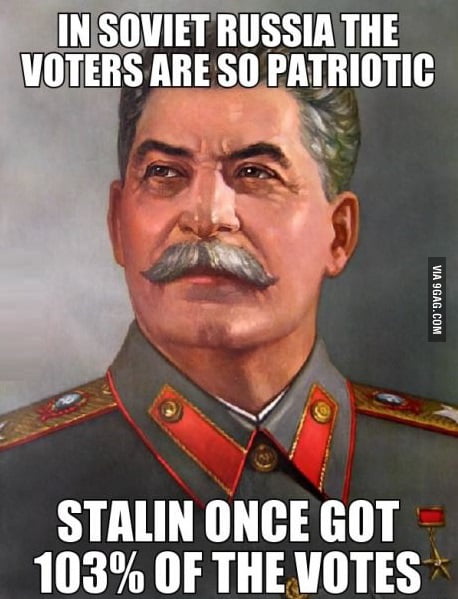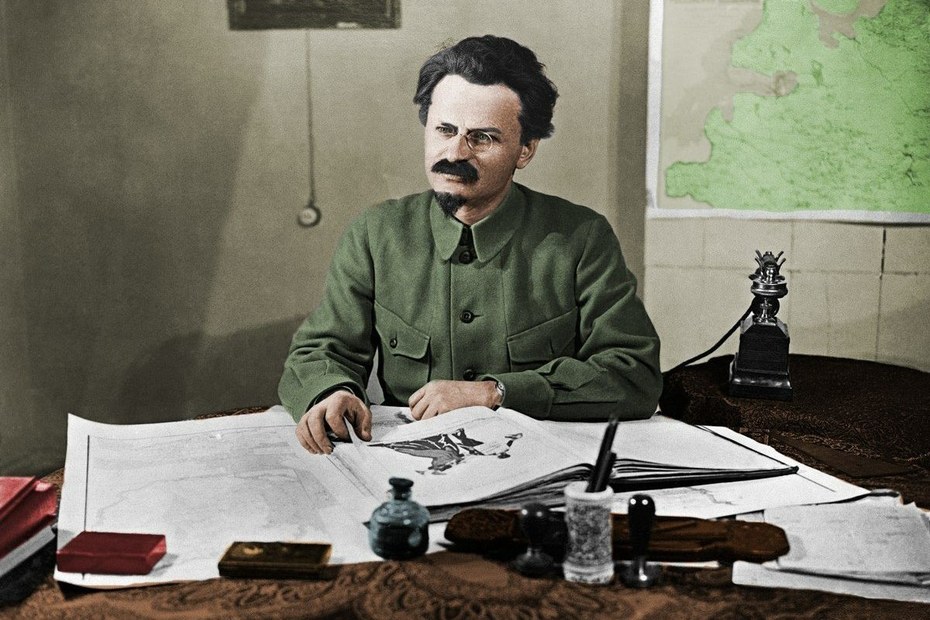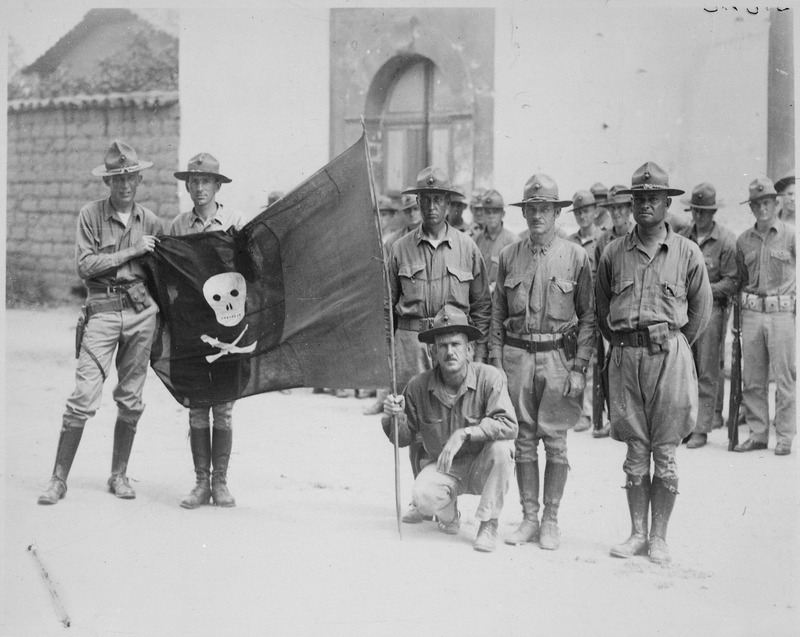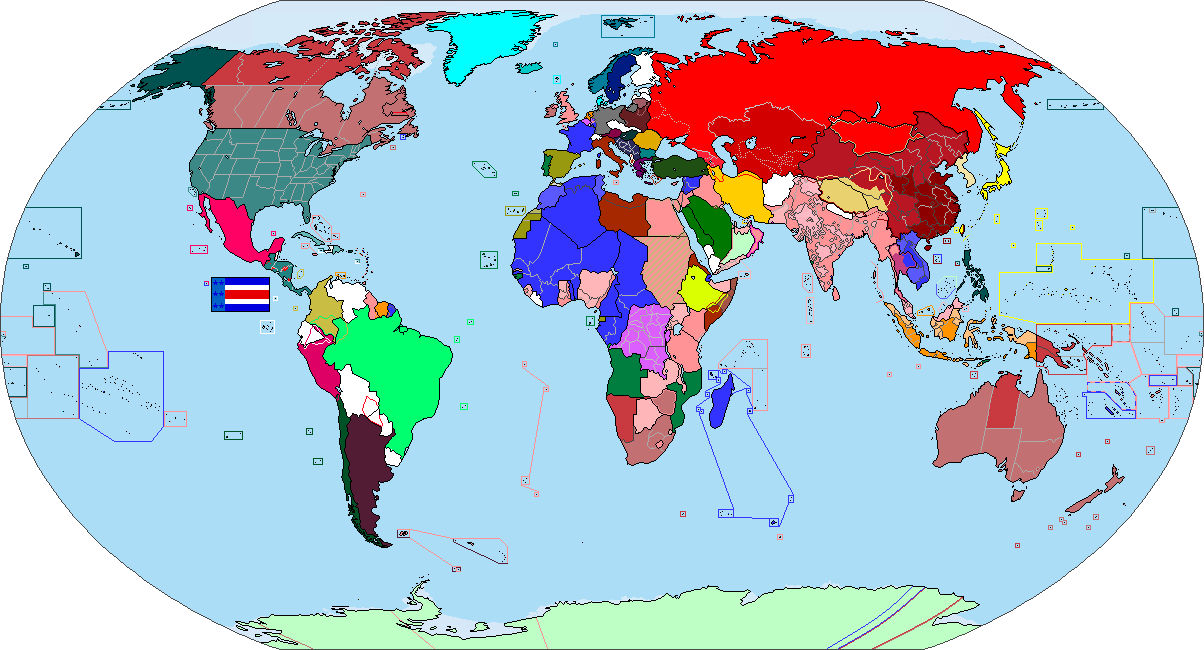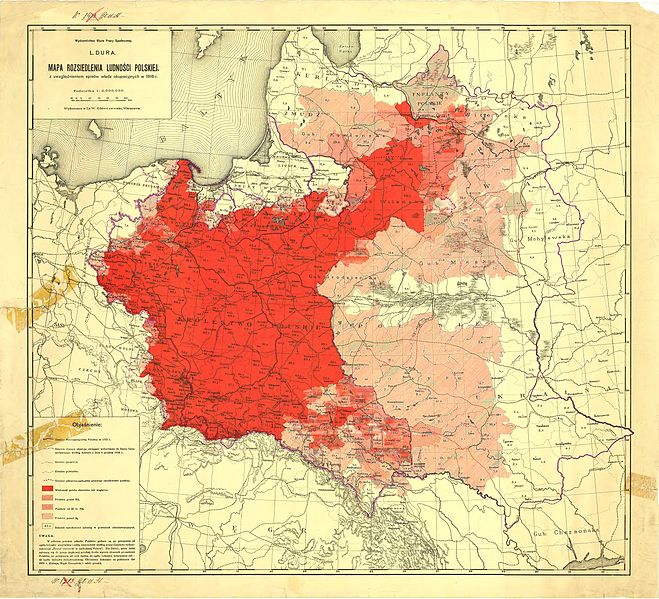Chapter One: Death of Lenin

Born out of the ashes of the Russian Civil War in 1922, the Soviet Union was shaken by the Death of Vladimir Lenin in 1924 that ended the federal Leninist one-party socialist republic under Lenin’s totalitarian dictatorship and left many to wonder, what would come next. Lenin’s testament itself criticized Bolshevik leaders, like Zinoviev, Kamenev, Trotsky, Bukharin, Pyatakov and Stalin, warned of a split of the party leadership between Trotsky and Stalin and ordered Stalin’s removal from his position as the General Secretary of the Russian Communist Party's Central Committee. It suggested the Party’s Central Committee to be increased, the State Planning Committee to be given legislative powers and the nationalities policy implemented by Stalin. These Bolshevik National Delimitation in the Soviet Union, creating national territorial Soviet Socialist Republics (SSR) as nation states and indigenization that had formed the Transcaucasian SFSR out of Georgia, Armenia and Azerbaijan, but were also seen as the main reasons, the Byelorussian SSR and the Ukrainian SSR, as well as to a lesser extent the Bukharan SSR and the Kjorezm SSR had been willing to join with the Russian SFSR into a unified Soviet Union. The question if more regional controlling unions or more ethnic SSR should be created rose again, while others questioned the overall central authority of the Soviet Union in General, claiming the major influence and position of the Russian SFSR was nothing more then Greater Russian Chauvinism to dominate the other SSR hegemonic. Then there was the overall question if the Soviet Union should overall support, or even lead other left-wing political socialist, Bolshevik and soviet parties in the Rest of the World, or led them fight for their local revolution as part of a greater Global Revolution on their own, as local circumstances could differ greatly from the Russian Imperial one, meaning more localized methods could be preferable. Among the possible candidates to succeed Lenin were; Lev Kamenev, who was eager to get the position, had led Moscow Soviet, secured the city for the revolution, was very intelligent, but had disagreed with Lenin often and his loyalty had been questionable as he had opposed the 1917 armed uprising. Then there was Grigory Zinoviev, who was interested in the position as well, had been the 1918 head of the Petrograd Soviet, had been a close associate of Lenin, but had opposed the 1917 armed uprising and because he was very ambitious had gained many enemies. Nikolai Bukharin, who did not want the position was never the less very influential as well, as the editor of the Pravda, Lenin even had called him the darling of the party, he was very popular, his easy readable introduction to communism created by him sold very well, but he had headed the Left Communists who opposed Lenin’s peace deal with the German Empire ans beside begin a right candidate was not a skilled politician.
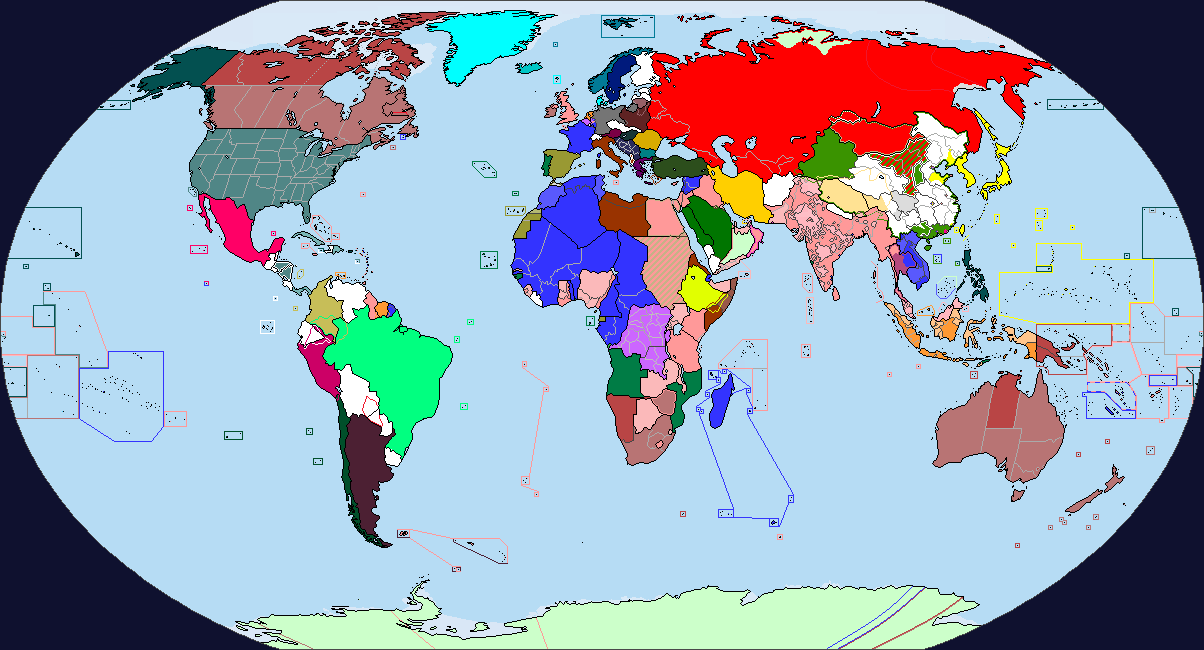
Then there was Alexei Rykov, who was not eager to get the position, but was the Chairman of the Council of the People’s Commissars of the Russian Soviet Federative Socialist Republic (RSFSR) and the Union of Soviet Socialist Republics (USSR), who had many supporters for his development of the agrarian sector to finance industrialization, which made him popular with farmers and peasants, despite him being a right candidate. Next was Leon Trotsky, who did not outright seek the position and was also be opposed by most of the Central Committee. While his leadership had greatly aided the Bolshevik victory during Russian Civil War and was the Commissar of Foreign Affairs, People's Commissar of Army and Fleet Affairs and Chairman of the Revolutionary Military Council, who was very popular for Treaty of Brest-Litovsk, had raised soldier morale, was supported by Red Army and the young, radical party members, among which he was very popular, the majority of peasants hated him because of grain requestion squads during Civil War, he had a Menshevik background and joined the Bolsheviks only in 1917, so the Communist Party also opposed him as he was not a devote party member and because his popularity with the Red Army many feared he would mean military dictatorship. Further more Trotsky formed the United Opposition between Left Opposition and New Opposition lead by Grigory Zinoviev. Another candidate was Mikhail Tomsky, the Chairman of the All-Union Central Council of Trade Unions, originally a Russian Socialist Democratic Labour Party and a right wing Bolshevik since 1904. Other candidates included Grigory Zinoviev, leader of the New Opposition, Chairman of the Petrograd Soviet and Chairman of Communist International, who massively opposed Trotsky and was very influential. Last there was Joseph Stalin, who wanted to succeed Lenin badly, the Proletariate favored his humble background, he was the former General Secretary of the Communist Party, had common touch with the regular people unlike Bukharin and Trotsky as intellectuals. Stalin’s promotion of the Lenin Cult made him even more liked, but Lenin’s testament had revealed that Lenin felt that Stalin had more power than he could handle and might be dangerous if he was Lenin's successor, which was why Lenin had recommended Stalin's removal from the position of General Secretary of the Party.

Born out of the ashes of the Russian Civil War in 1922, the Soviet Union was shaken by the Death of Vladimir Lenin in 1924 that ended the federal Leninist one-party socialist republic under Lenin’s totalitarian dictatorship and left many to wonder, what would come next. Lenin’s testament itself criticized Bolshevik leaders, like Zinoviev, Kamenev, Trotsky, Bukharin, Pyatakov and Stalin, warned of a split of the party leadership between Trotsky and Stalin and ordered Stalin’s removal from his position as the General Secretary of the Russian Communist Party's Central Committee. It suggested the Party’s Central Committee to be increased, the State Planning Committee to be given legislative powers and the nationalities policy implemented by Stalin. These Bolshevik National Delimitation in the Soviet Union, creating national territorial Soviet Socialist Republics (SSR) as nation states and indigenization that had formed the Transcaucasian SFSR out of Georgia, Armenia and Azerbaijan, but were also seen as the main reasons, the Byelorussian SSR and the Ukrainian SSR, as well as to a lesser extent the Bukharan SSR and the Kjorezm SSR had been willing to join with the Russian SFSR into a unified Soviet Union. The question if more regional controlling unions or more ethnic SSR should be created rose again, while others questioned the overall central authority of the Soviet Union in General, claiming the major influence and position of the Russian SFSR was nothing more then Greater Russian Chauvinism to dominate the other SSR hegemonic. Then there was the overall question if the Soviet Union should overall support, or even lead other left-wing political socialist, Bolshevik and soviet parties in the Rest of the World, or led them fight for their local revolution as part of a greater Global Revolution on their own, as local circumstances could differ greatly from the Russian Imperial one, meaning more localized methods could be preferable. Among the possible candidates to succeed Lenin were; Lev Kamenev, who was eager to get the position, had led Moscow Soviet, secured the city for the revolution, was very intelligent, but had disagreed with Lenin often and his loyalty had been questionable as he had opposed the 1917 armed uprising. Then there was Grigory Zinoviev, who was interested in the position as well, had been the 1918 head of the Petrograd Soviet, had been a close associate of Lenin, but had opposed the 1917 armed uprising and because he was very ambitious had gained many enemies. Nikolai Bukharin, who did not want the position was never the less very influential as well, as the editor of the Pravda, Lenin even had called him the darling of the party, he was very popular, his easy readable introduction to communism created by him sold very well, but he had headed the Left Communists who opposed Lenin’s peace deal with the German Empire ans beside begin a right candidate was not a skilled politician.

Then there was Alexei Rykov, who was not eager to get the position, but was the Chairman of the Council of the People’s Commissars of the Russian Soviet Federative Socialist Republic (RSFSR) and the Union of Soviet Socialist Republics (USSR), who had many supporters for his development of the agrarian sector to finance industrialization, which made him popular with farmers and peasants, despite him being a right candidate. Next was Leon Trotsky, who did not outright seek the position and was also be opposed by most of the Central Committee. While his leadership had greatly aided the Bolshevik victory during Russian Civil War and was the Commissar of Foreign Affairs, People's Commissar of Army and Fleet Affairs and Chairman of the Revolutionary Military Council, who was very popular for Treaty of Brest-Litovsk, had raised soldier morale, was supported by Red Army and the young, radical party members, among which he was very popular, the majority of peasants hated him because of grain requestion squads during Civil War, he had a Menshevik background and joined the Bolsheviks only in 1917, so the Communist Party also opposed him as he was not a devote party member and because his popularity with the Red Army many feared he would mean military dictatorship. Further more Trotsky formed the United Opposition between Left Opposition and New Opposition lead by Grigory Zinoviev. Another candidate was Mikhail Tomsky, the Chairman of the All-Union Central Council of Trade Unions, originally a Russian Socialist Democratic Labour Party and a right wing Bolshevik since 1904. Other candidates included Grigory Zinoviev, leader of the New Opposition, Chairman of the Petrograd Soviet and Chairman of Communist International, who massively opposed Trotsky and was very influential. Last there was Joseph Stalin, who wanted to succeed Lenin badly, the Proletariate favored his humble background, he was the former General Secretary of the Communist Party, had common touch with the regular people unlike Bukharin and Trotsky as intellectuals. Stalin’s promotion of the Lenin Cult made him even more liked, but Lenin’s testament had revealed that Lenin felt that Stalin had more power than he could handle and might be dangerous if he was Lenin's successor, which was why Lenin had recommended Stalin's removal from the position of General Secretary of the Party.

